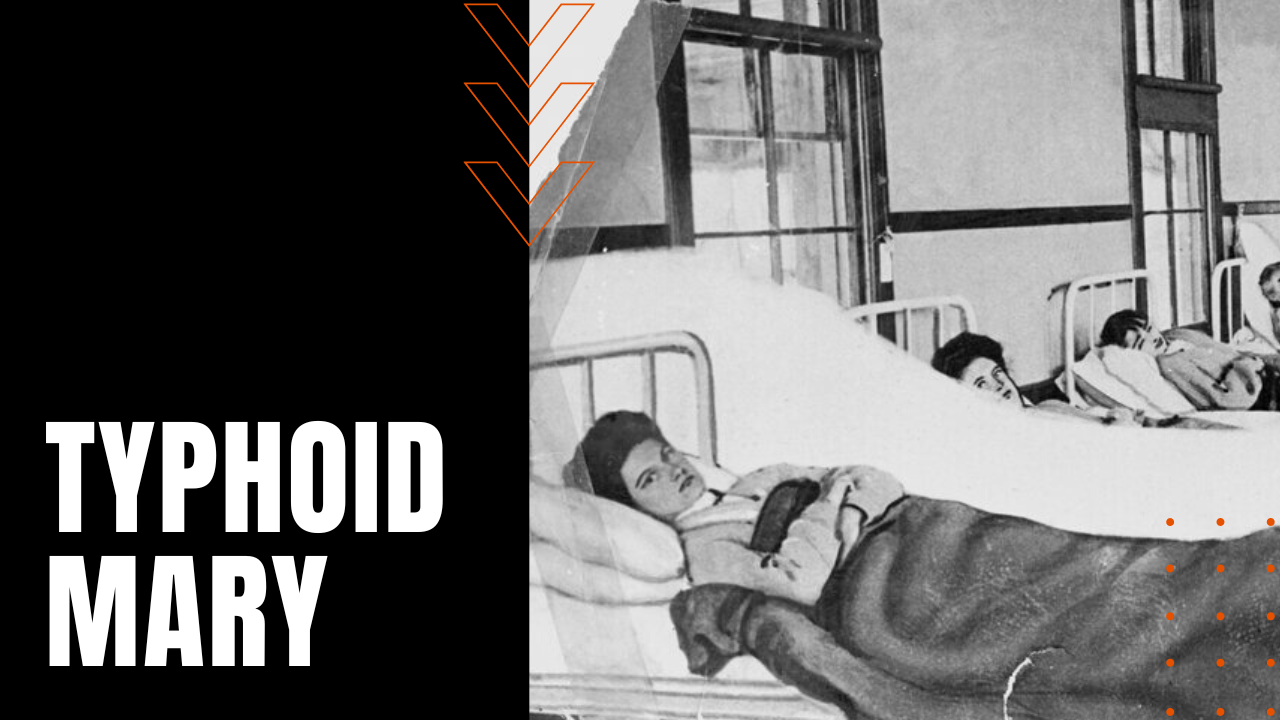Typhoid Mary

Characterized by a slow progressive fever and prolific diarrhea, typhoid became one of the most feared conditions during the early decades of the 19th century. Today we know that typhoid is dependent upon people for transmission, passed human to human by poor sanitation or contamination by human waste.
New Predicament For Public Safety
In the early 19th century, however, a young Irish immigrant chef named Mary Mallon, created a social predicament that set new legal boundaries concerning the rights of the individual verses public safety at large. In the summer of 1906, New York banker Charles Henry Warren rented a summer home from the Thompson family of Oyster Bay long Island. Besides the usual cadre of maids and gardeners, Warren hired Mary Mallon to be the family’s summer cook, until one of the Warren’s daughters fell ill on August 27th, followed by Mrs. Warren, two maids, a gardener and a second Warren daughter.
Enter George Soper
Fearing that no one would ever rent their summer home again, the Thompsons hired experienced sanitation engineer George Soper to investigate. Suspecting Mary Mallon as an otherwise healthy carrier, Soper traced her employment history back to 1900, discovering that Mallon had held seven different jobs as a cook, infecting 21 people with typhoid and causing the death of one young girl. When Mallon refused to give Soper the necessary samples for a positive ID of typhoid, he returned with Dr. Josephine Baker and five policemen, prompting Mallon to lunge at Soper with a knife before fleeing the property.
Resists Arrest
Capturing Mallon five hours later, the police took her by force to the health department on North Brother Island, where she began a long string of legal battles in an effort to regain her freedom. After four years of imprisonment, Mallon was set free on the promise that she would never cook for other people again, yet five years later in 1915, the Sloan Maternity Hospital in Manhattan suffered a typhoid outbreak that infected 25 patients and caused two confirmed fatalities.
Mary Strikes Again
Evidence pointed to a recently hired cook—one Mrs. Brown—a pseudonym, and enraged public would soon discover, for Mary Mallon. Mallon was sent back to North Brother Island for the remainder of her life, suffering a massive stroke 17 years later, which left her with complete left-side paralysis. She died six year after that on November 11th, 1938, after spending nearly half her life in solitary confinement, making the name Typhoid Mary, synonymous with infectious disease.
